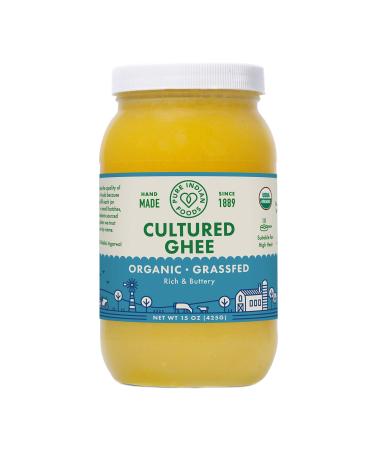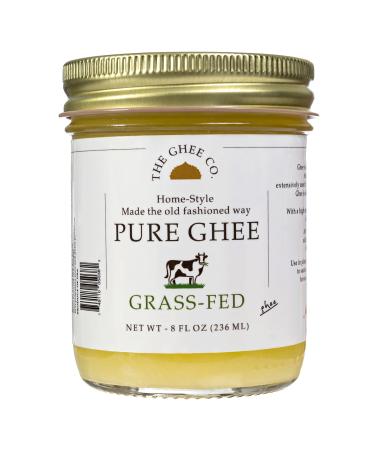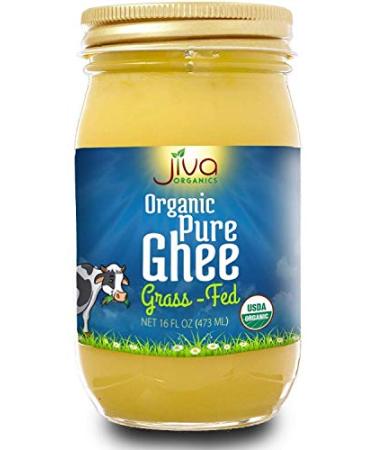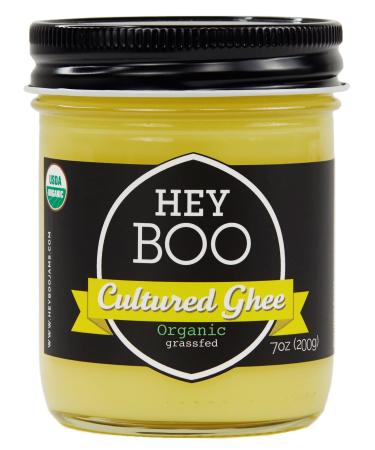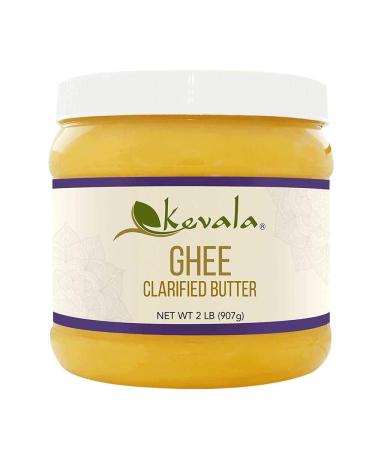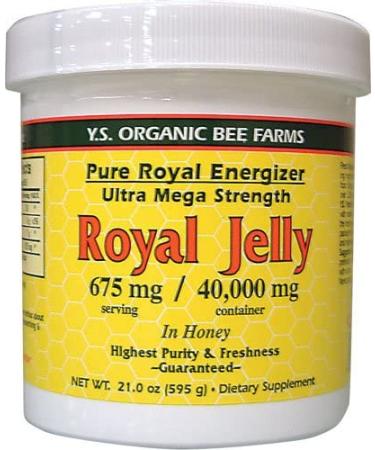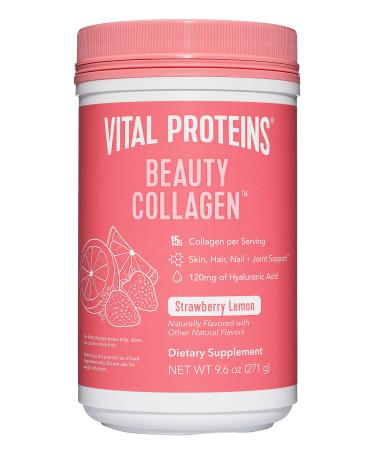Top Similar Products
Pure Indian Foods Grass-Fed & Organic Cultured Ghee 15 oz (425 g)
Regular Price: US$64.99
Special Price US$54.99
Regular Price: US$35.00
Special Price US$29.99
Regular Price: US$65.00
Special Price US$49.99
Regular Price: US$55.00
Special Price US$39.99
Regular Price: US$55.00
Special Price US$39.99
Clearance Room!
All-New Echo Dot (5th Gen, 2022 release) | Smart speaker with Alexa | Charcoal Charcoal Device only
Regular Price: US$104.99
Special Price US$49.99
Y.S. Eco Bee Farms Royal Jelly In Honey 675 mg 21.0 oz (595 g)
Regular Price: US$65.00
Special Price US$21.01
Regular Price: US$45.00
Special Price US$14.12
Regular Price: US$55.00
Special Price US$20.87
Regular Price: US$99.99
Special Price US$34.99

GRAND SELECTION
Think of it and most probably we have it among our grand selection of products!
AMAZING PRICES
Get ready for the amazing and best Supps prices ever!
FIXED RATE DELIVERY
Get your order anywhere on this planet within 5-10 days with a fixed rate of $19.99 (no matter the size of your order)


